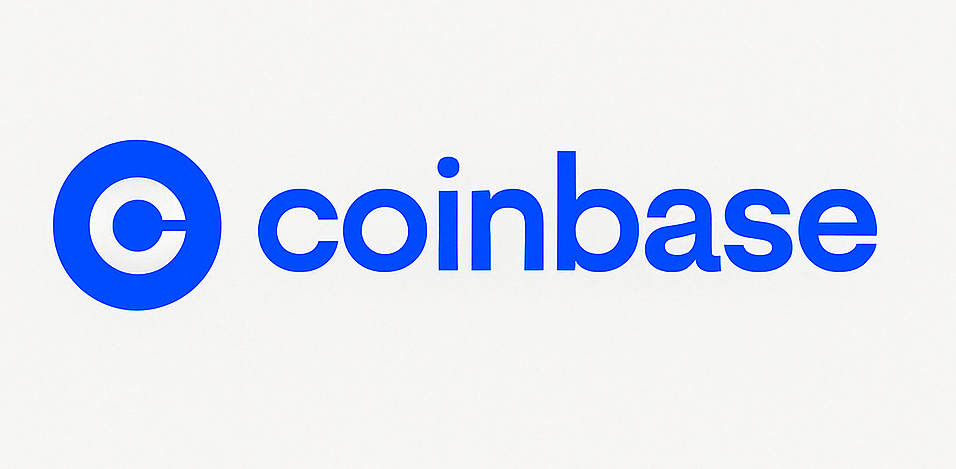Is Staking on Coinbase Safe? A 2025 Security & Risk Guide

Updated for 2025 — Understand the Pros, Cons, and Security Before You Stake
Is staking on Coinbase safe in 2025?
Yes, Coinbase staking is considered safe for most users due to strong security infrastructure, regulatory compliance, and insurance coverage. However, risks like slashing, custodial dependence, and evolving regulations remain. Always do your own research (DYOR) before staking.
🔍 What is Staking on Coinbase?
In 2025, many crypto investors are asking, “Is staking on Coinbase safe?” Staking on Coinbase allows you to earn passive income by locking up supported cryptocurrencies to help validate transactions on proof-of-stake (PoS) networks. In return, you receive staking rewards directly in your Coinbase wallet.
Coinbase supports staking for assets like:
- Ethereum (ETH)
- Solana (SOL)
- Cardano (ADA)
- Polkadot (DOT)
- Tezos (XTZ)
(and more coming in 2025)
You don’t need to run a node or worry about technical configurations—Coinbase handles everything. If you’re new to crypto, check out our guide to crypto staking for a deeper understanding of how PoS networks work and how staking rewards are calculated.
🛡️ Is Staking on Coinbase Safe in 2025?
✔️ Why It’s Safe
When asked, “Is staking on Coinbase safe in 2025?” the answer is generally yes, thanks to Coinbase’s focus on security. Here’s why:
- Cold Storage for Most Funds: Coinbase keeps 98% of customer funds in cold storage, safeguarding them from potential hacks or breaches.
- Insurance on Digital Assets: In the unlikely event of a breach, Coinbase offers insurance coverage for assets stored in its hot wallets (specific terms apply).
- Institutional-Grade Validators: Coinbase delegates your assets to trusted and secure validators to reduce risks like downtime or malicious actions.
⚠️ But There Are Risks
However, some risks remain, which is why it’s important to fully understand Is staking on Coinbase safe in 2025? Here are the key factors to consider:
- Custodial Risk:
You don’t hold your private keys when using Coinbase for staking. If Coinbase were hacked or went bankrupt, you might face difficulties accessing your staked assets. - Slashing Risk:
On networks like Ethereum and Polkadot, validators can be penalized for misbehavior (a process called slashing). While Coinbase handles this, you’re still exposed to these risks. - Regulatory Uncertainty:
Cryptocurrency regulations are still evolving in 2025. New rules could affect how your staking rewards are taxed, or even limit your access to staking in the future.
🔄 How Does Coinbase Staking Work?
When you ask “Is staking on Coinbase safe in 2025?”, it’s important to understand how it works and what makes it secure. Here’s a breakdown:
- Opt-in for Staking:
You can opt-in to stake certain cryptocurrencies via your Coinbase account. Once you choose your coin, it’s automatically staked, and rewards start accumulating. - Staking Rewards:
The rewards you receive depend on the network. These rewards are generally distributed either daily or weekly, and Coinbase takes a commission (typically 10–25%). - Delegated Validators:
Your crypto is delegated to a validator who participates in network consensus. Coinbase works with reliable, well-vetted validators to minimize the risk of downtime or slashing.
⚖️ Pros and Cons of Staking on Coinbase
Now that we’ve answered “Is staking on Coinbase safe in 2025?”, let’s examine the benefits and potential drawbacks:
| Pros | Cons |
|---|---|
| Simple to use and setup | Fees (Coinbase takes a commission) |
| No technical expertise required | Custodial risk (Coinbase holds your crypto) |
| Supported by a trusted exchange | Limited coin options compared to self-staking |
| Security features like insurance and cold storage | Lower returns than self-staking or decentralized platforms |
🔐 Security Measures Coinbase Uses in 2025
To answer “Is staking on Coinbase safe in 2025?” thoroughly, let’s dive into the security measures Coinbase uses:
- Cold Wallet Storage: Coinbase keeps 98% of assets offline in cold storage, making it harder for hackers to access them.
- Two-Factor Authentication (2FA): Coinbase requires 2FA for all accounts, adding an extra layer of protection against unauthorized access.
- Bug Bounty Programs: Regular security audits and a bug bounty program help identify vulnerabilities before they are exploited.
- Regulatory Compliance: Coinbase follows regulations in major countries, providing a level of assurance that it’s compliant with local laws.
To enhance your security, consider integrating a hardware wallet with Coinbase for added protection.
📈 Staking Returns in 2025 (Estimates)
| Coin | Estimated Annual Return (APR) | Coinbase Fee | Payout Frequency |
|---|---|---|---|
| Ethereum (ETH) | 3.5–5% | 25% | Daily |
| Solana (SOL) | 6–8% | 20% | Every 3–4 days |
| Cardano (ADA) | 3–5% | 10% | Weekly |
| Tezos (XTZ) | 4–6% | 15% | Every 3 days |
Please note that staking returns are subject to fluctuation based on network conditions and Coinbase’s commission rates.
❓ FAQs About Coinbase Staking in 2025
1. Can I lose my crypto when staking on Coinbase?
There is a small risk, but Coinbase covers most of the security-related risks. The primary concern is custodial risk—if Coinbase faces a hack or goes bankrupt, your access to assets could be delayed or lost.
2. What happens if Coinbase is hacked?
Coinbase has insurance on assets in its hot wallets, but funds stored in cold storage or long-term staked assets may not be covered. Breaches are rare, but they can still happen.
3. Are staking rewards taxed?
Yes, staking rewards are typically taxable income in most jurisdictions. You should check with a local tax advisor for specifics in your country. Check our Crypto Tax Guide 2025 for more details.
4. Is self-staking better than Coinbase staking?
If you’re asking “Is staking on Coinbase safe in 2025?” and are considering alternatives, self-staking offers more control and potentially higher returns but requires technical expertise. Coinbase staking is ideal for convenience and security.
5. Can I unstake anytime?
The unstaking process depends on the coin. Some, like Tezos, allow for near-instant unstaking, while others like Ethereum may have lock-up periods or queues.
🧭 Final Verdict: Should You Stake on Coinbase in 2025?
✅ Recommended for beginners and casual investors
❌ Not ideal for advanced users or those seeking maximum yields
In conclusion, staking on Coinbase is safe in 2025 for those who prioritize security, convenience, and ease of use. However, if you’re looking for the highest possible returns or more control, you may prefer to self-stake or use decentralized platforms.
💬 Engage with Us
Is staking on Coinbase safe in 2025, in your opinion?
We’d love to hear your experiences or concerns—drop them in the comments below!
